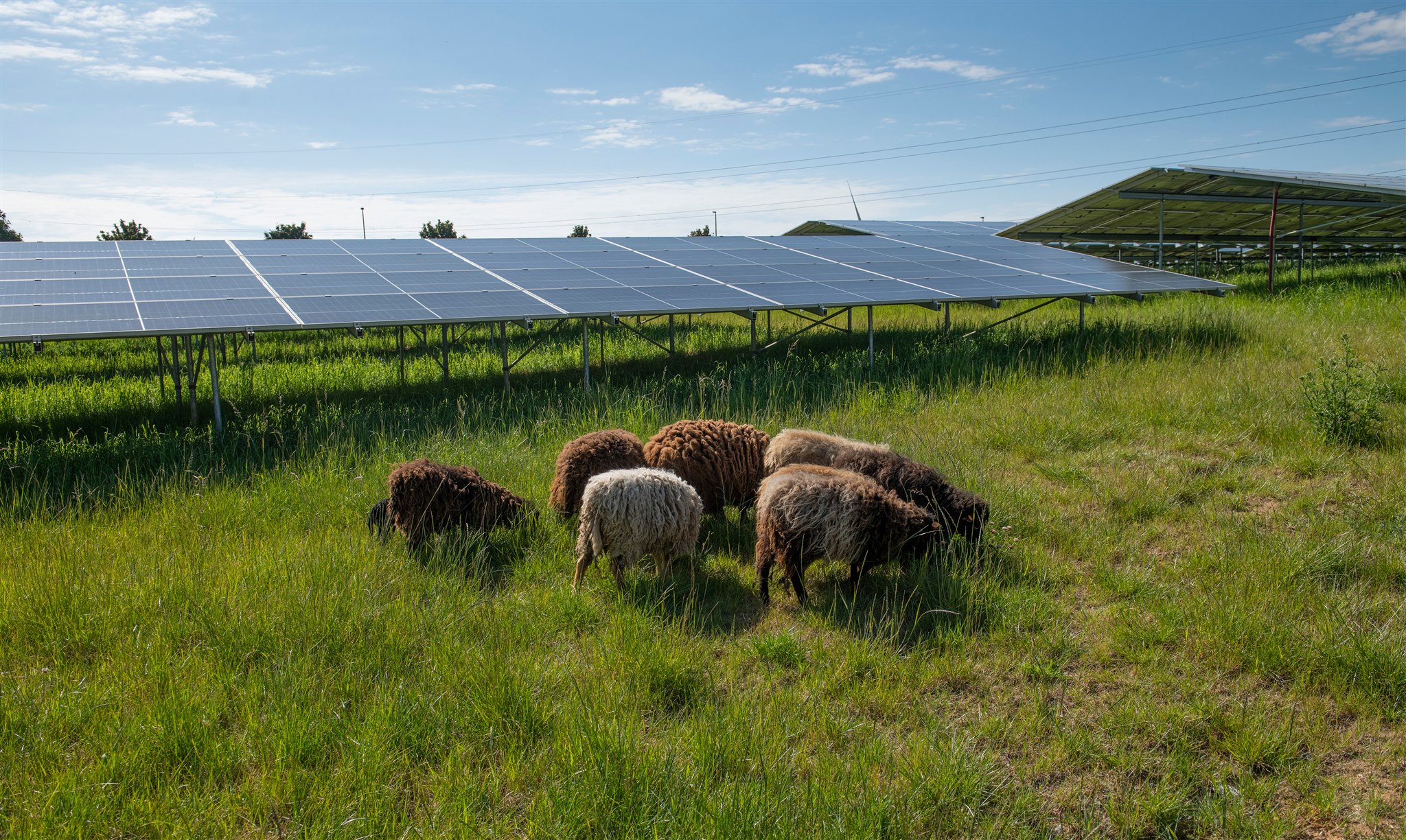With the hot weather continuing, Laurens van Reijen, Managing Director of LCL, shares a few of his thoughts on the impact of these high temperatures on data centers.
The planet is heating up, no doubt about it. How does that impact a sector that already produces lots of heat and which in any case needs lots of cooling? I would like to explore a little what happens in a (leading) data center.
It is urgent now for the data centers sector to prepare for heatwaves. After all, we will experience them with increasing frequency. We’ve been thinking for years about how to avoid problems in our cooling systems, but now it is time to take effective action.
Some 15 years ago, during a hot summer, we recognised that we needed a more robust facility. In order to improve as an organisation, it was vital to make the right investments in cooling systems. This is still true today.
On a roof, there is little shade and temperatures rise significantly. This makes things even worse. So it is important to install a cooling system that can better withstand a heatwave. LCL’s latest plans for data centers already take into account global warming and the new reality when modernising its data centers.
Cooling is a key factor in these new designs. Suppliers offer different solutions. Furthermore, from an energy perspective, we need to cut costs. So cooling is a cost item that must be considered.
Nowadays, when designing new facilities, we approach international specialists with experience of working on hundreds of data centers around the world. In our early days, 20 years ago, people needed to wear a thick jacket to enter a data center. That was what customers wanted. Today, we realise that the temperature inside the data center can be higher. Our IT equipment allows that and thus results in energy savings.
IT systems can be used to control the temperature, so the design of outdoor units, such as chillers and dry coolers, is changing again. But what really matters is the outdoor temperature. Can chillers and dry coolers located outside, on the roof, cope with higher temperatures?
Today’s cooling systems for data centers enable a Power Usage Effectiveness (PUE) ratio of 1.3. With more recent designs, this number can be achieved with an incomplete load. In the past, the PUE was higher when buildings were partially used. A PUE of 1.3 is the 2025 target for data centers that, like LCL Data Centers, have signed up to the self-regulatory initiative known as Climate Neutral Data Centre Pact.

Most data centers operate already with ‘free-cooling’. Chillers can handle an outdoor temperature up to around 14 to 16°C for cooling indoors, but there are other cooling methods that are less costly.
Cloud service providers, for instance, often make use of water, as this helps to reduce their electricity bill. Under the Climate Neutral Data Centre Pact, this trend has already been taken into account. As a result, a standard has been developed to set maximum water consumption according to local circumstances.
Another water cooling method is ‘adiabatic cooling’, where the water is misted. Our design office has studied this option for our centre in Aalst. Yet the result was price-neutral compared to other cooling systems. Furthermore, we did not want to use city water, for environmental reasons. Water is scarce and we don’t think using tap water is a good idea. Plus, if there was ever a problem with the tap water, the cooling system would fail. We just couldn’t take that risk.
To a limited extent, we use ‘grey water’, but in only one of our data centers. Grey water is rainwater that we collect and use very little.
Finally, boring for heat and cold storage is another option. By boring one or more pairs of wells, you can store energy – in this case heat – in the ground. This can be used to heat buildings, for example. In Belgium, this is only possible to a limited extent, such as in de Kempen region.
To date, servers have been cooled by air. ‘Immersion cooling’ is a new method: servers are immersed in a cooling liquid, so they can remain operational at higher temperatures. This method also significantly improves the PUE.
Let’s hope that server providers will soon develop IT equipment that will run under this new technology. Microsoft, for example, has carried out tests with these facilities and has commended them.

Better energy performance and reduced consumption thanks to immersion cooling. - The Wall Street Journal
Just behind IT equipment, cooling systems are the biggest consumers of energy in a data center. The good news is that we can reduce our impact on the environment by purchasing green energy. Energy consumption falls under scope 2 (indirect GHG emissions) of the Greenhouse Gas (GHG) Protocol, which means it can be offset by using green energy. Ideally, green energy should be self-generated, and we do just that in our Walloon data center – LCL Wallonia One, in Gembloux.